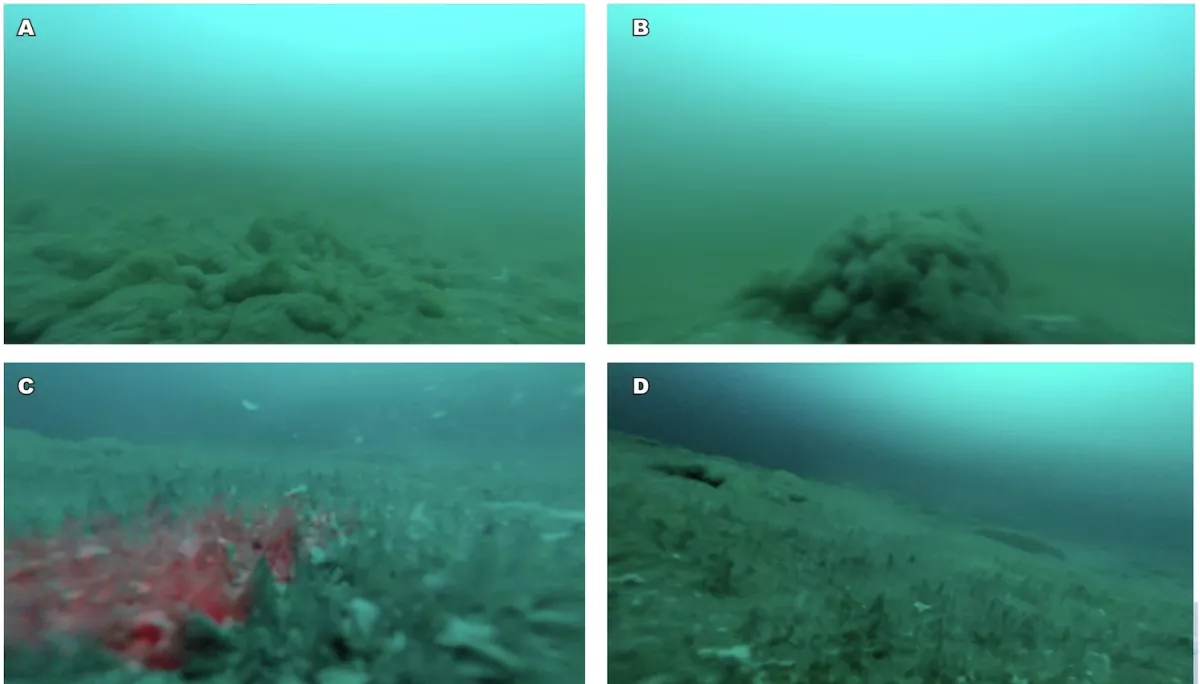Ecosystem hidden beneath Antarctica lake allows scientists to travel millions of years back in time
Antarctica's Lake Enigma, true to its name, is a remarkable natural phenomenon that has intrigued scientists with its mysterious characteristics. Once thought to be completely frozen, researchers recently discovered a hidden layer of fresh water beneath its ice-covered surface, hosting a diverse range of microbial life.
This discovery was made during an Antarctic expedition from November 2019 to January 2020, when ground-penetrating radar revealed at least 12 meters of liquid water beneath the ice. As reported on by the Live Science publication, researchers subsequently drilled through the ice and deployed cameras to explore the lake’s depths.
Key to understanding this hidden water layer was determining its origin. Given Antarctica’s extreme conditions—low precipitation, high winds, and intense solar evaporation—it was surprising that any water remained. Analysis of the water’s chemical composition suggested it is continuously replenished by the nearby Amorphous Glacier through an as-yet-unknown underground pathway.
The lake’s waters are biologically vibrant despite being isolated from the atmosphere. According to the article, microbial life forms unique structures on the lakebed known as microbial mats and is allowing life to thrive. These mats display fascinating variability, from thin, spiky coatings to carpet-like formations and amorphous, tree-like structures up to 40 cm tall and 60 cm in diameter. Many of these microorganisms are photosynthetic, contributing to the lake's high levels of dissolved oxygen.

Among the microbial inhabitants are species of Patescibacteria, single-celled organisms that form symbiotic or predatory relationships with larger host cells. These bacteria, previously unrecorded in ice-covered lakes, are notable for surviving in high-oxygen environments, an unusual trait for their kind. This suggests that they have developed unique metabolic adaptations to endure the lake’s extreme conditions.
This discovery highlights the complex and diverse food webs that exist in Antarctica’s permanently ice-covered lakes. Symbiotic and predatory interactions among microorganisms may play significant roles in sustaining these ecosystems, an idea previously unrecognized. The findings underscore the adaptability of life in extreme environments, offering insights into previously unexplored ecological dynamics.
The implications of Lake Enigma’s extreme ecosystem extend beyond Earth. The article suggests that based on the findings, similar environments may exist on icy moons such as Europa or Enceladus, where subsurface water and microbial life are thought to be possible. The lake serves as an analogue for these extraterrestrial habitats, offering a model for studying how life might adapt to similarly extreme conditions elsewhere in the universe.
As Stefano Urbini, a geophysicist at Italy’s National Institute of Geophysics and Volcanology and a study co-author, noted, Lake Enigma’s unique ecosystem provides a valuable opportunity to deepen our understanding of microbial life’s resilience and complexity. The study, published in Communications Earth and Environment on December 3, underscores the potential of such environments to inform astrobiological research and the search for life beyond Earth.
By Nazrin Sadigova








